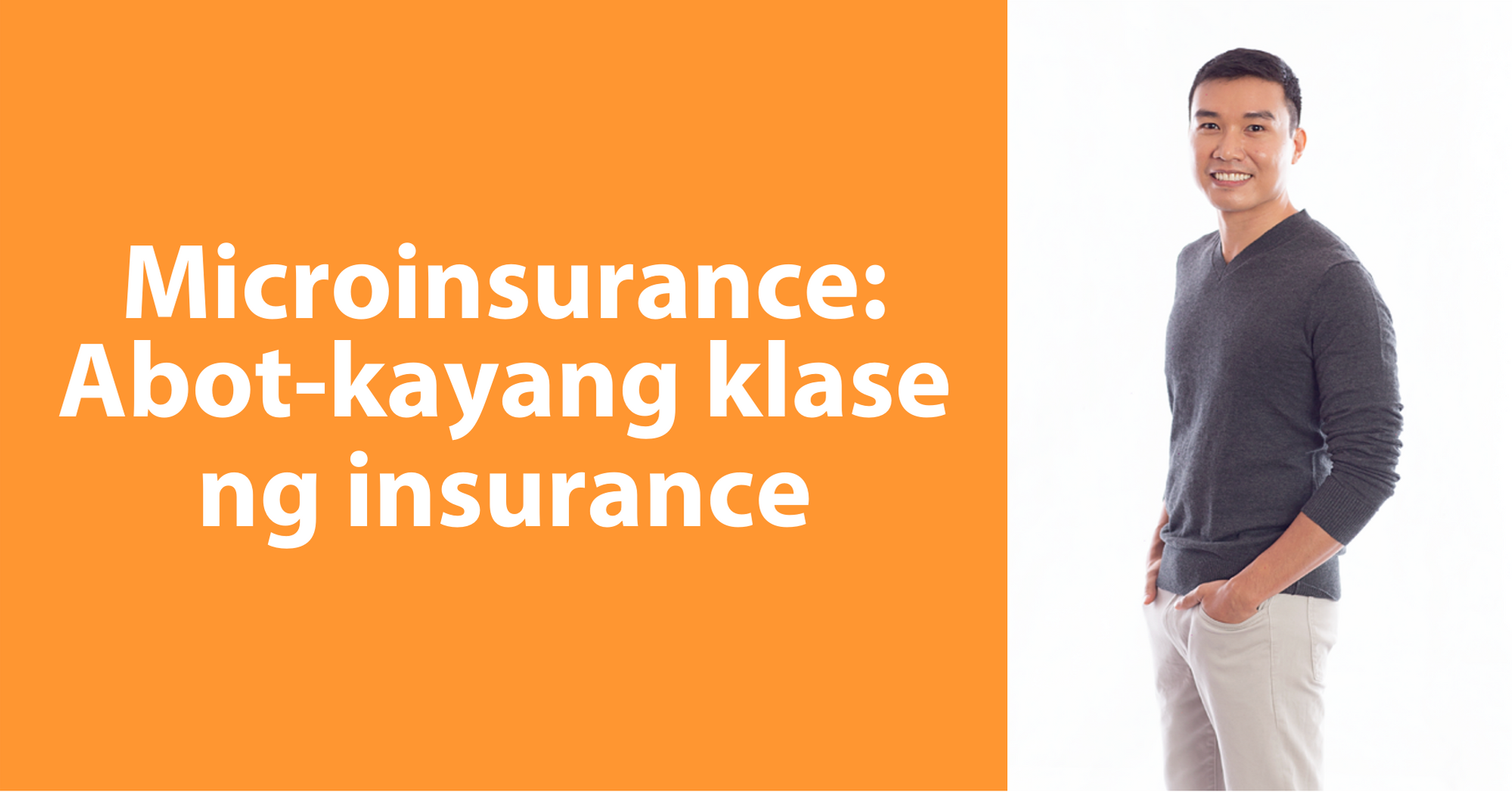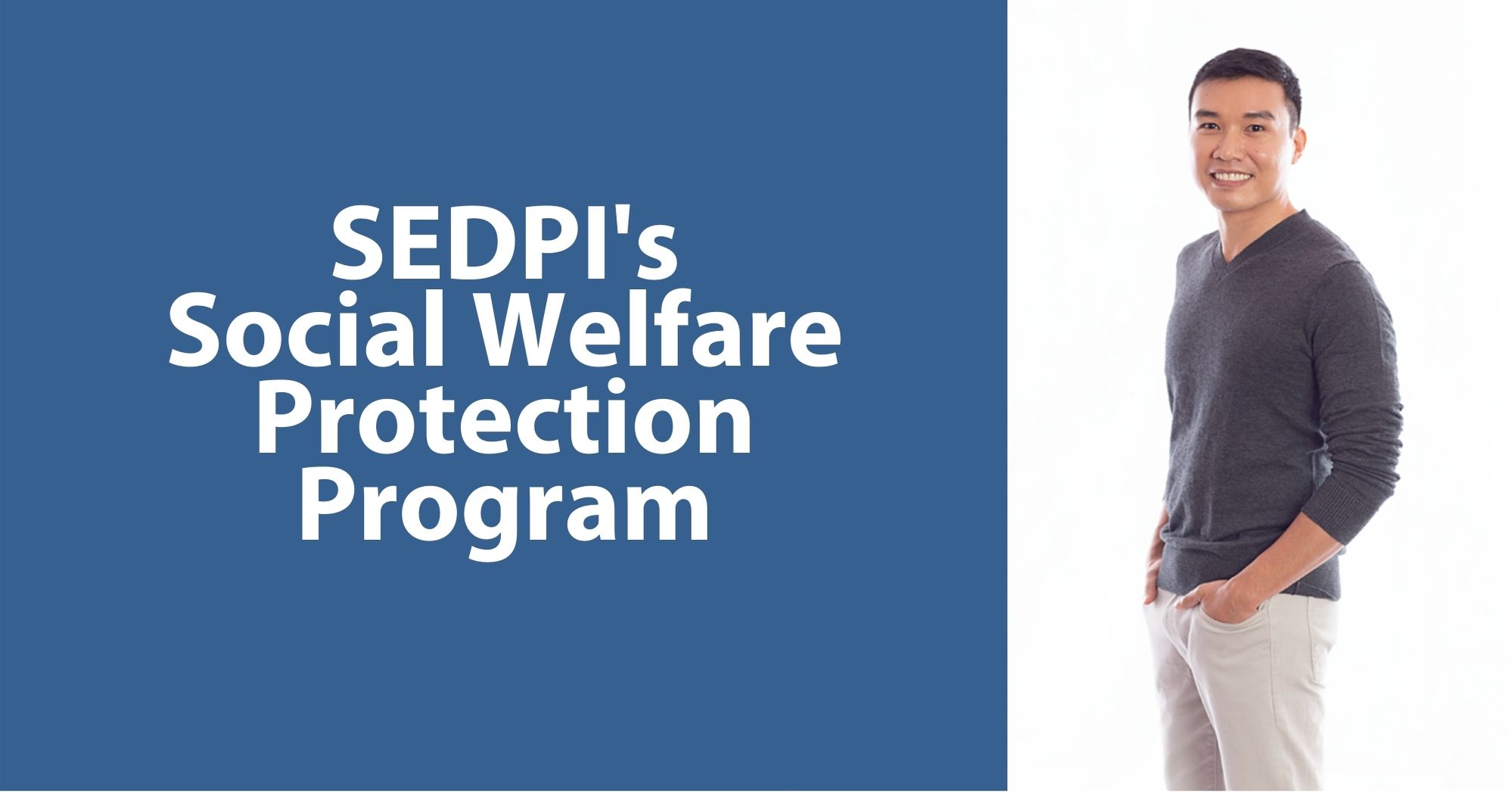Tag: microninsurance
-

Microinsurance: Abot-kayang klase ng insurance
Pinaka-essence ng insurance ang pooling of risks over a large number of similar units such as households, persons or businesses. Inispread natin ang risk para yung financial loss ay hindi lang sa atin tatama. Insurance should not be treated as an investment Hindi dapat pinagkakakitaan ang insurance dahil hindi ito investment. Para itong bayanihan, you…
-
SEDPI’s Group Yearly Renewable Term Insurance
SEDPI offers Group Renewable Term Insurance (GYRT) in partnership with CLIMBS, a service more catered to common Filipino households. Term insurance provides protection against emergencies for a specific period of time. As lifetime coverage is not always needed, term insurance provides cheaper premiums with larger benefits. On average, investment-linked insurance schemes charge PhP80,000 in premiums.…
-

SEDPI’s Social Welfare Protection Program
SEDPI offers the Social Welfare Protection Program (SWePP), where members can avail microinsurance coverage for their families in the Philippines or themselves. SWePP is a consolidated microinsurance and social safety net program and provides security and protection to low-income SEDPI members. As a hybrid form of insurance, it adopts formal, informal, and government social insurance…